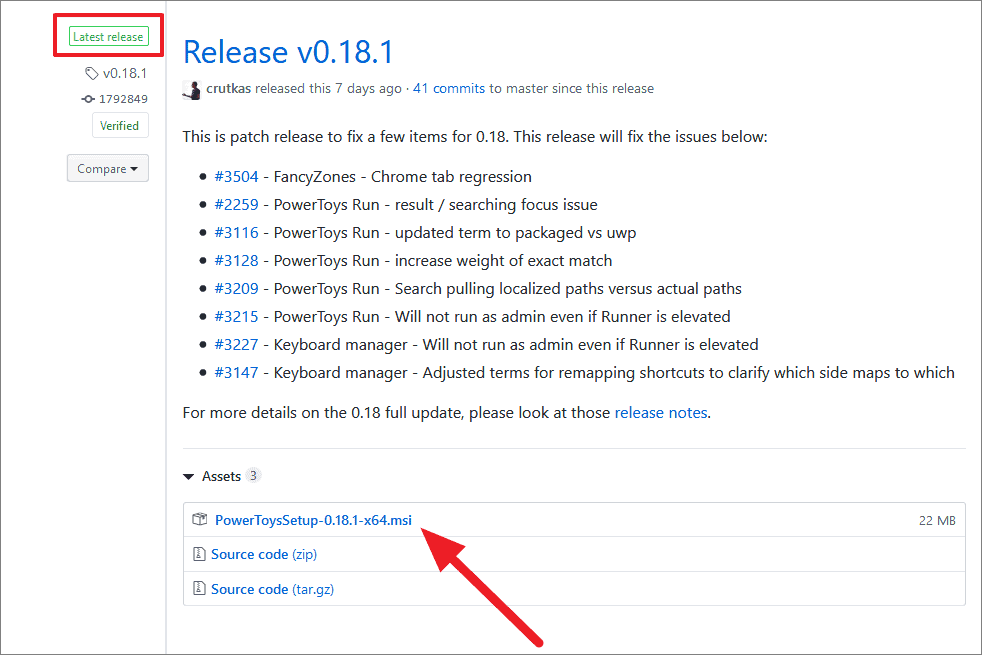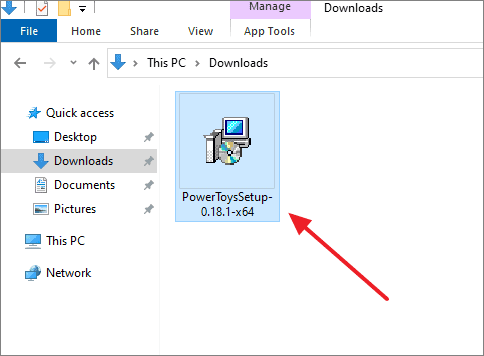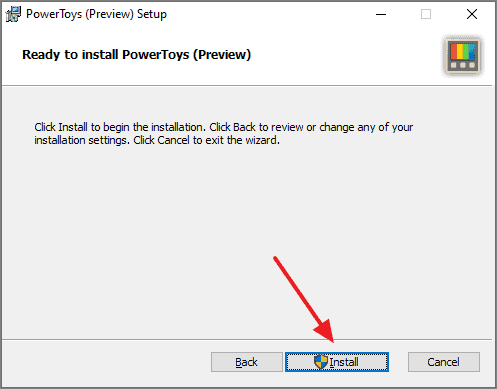Microsoft's PowerToys is a suite of system utilities designed to enhance productivity and customize your Windows 10 experience. Originally introduced for Windows 95, PowerToys has been revitalized as an open-source project for Windows 10, available on GitHub. The preview version includes seven utilities such as PowerToys Run, a Mac OS-like application launcher; PowerRename, a bulk file renaming tool; and FancyZones, a window layout manager.
To utilize PowerToys, you'll need to install it on your Windows 10 system running version 1803 (build 17134) or later. This guide provides detailed instructions on how to download and install PowerToys using the most effective methods.
Installing PowerToys via Winget
Step 1: Use the winget package manager to install PowerToys effortlessly with a single command. If you haven't installed winget yet, check out our guide on how to install the winget package manager.
Step 2: Open Command Prompt or PowerShell on your Windows 10 computer.
Step 3: Execute the following command to install PowerToys:
winget install powertoys
Winget will automatically download and install PowerToys for you. If you receive a User Account Control (UAC) prompt asking for permission to make changes to your device, click 'Yes' to proceed with the installation.
Downloading and Installing PowerToys Manually
If you're not comfortable using the command line or prefer a manual approach, you can download and install PowerToys directly from its GitHub releases page.
Step 1: Navigate to the PowerToys GitHub releases page. Look for the release labeled 'Latest release' to find the most recent version.
Step 2: Under the assets section of the latest release, click on the PowerToysSetup-*.msi file to download the installer to your computer.

Step 3: Once the download completes, open the folder where the installer was saved.
Step 4: Double-click the PowerToysSetup-*.msi file to launch the installation wizard.

Step 5: Follow the on-screen instructions in the setup dialog to complete the installation process.

After installing PowerToys, you can launch it from the Start menu. It should appear in the 'Recently added' section at the top. If it's not there, simply search for 'PowerToys' in the Start menu search bar.

When you run PowerToys for the first time, it will operate in the background. If your system doesn't meet all the requirements, you may be prompted to install the necessary desktop runtime package (if it wasn't installed during the initial setup).
You can access the PowerToys settings window through the system tray icon in the Windows 10 taskbar.

PowerToys is actively developed by Microsoft and the open-source community, with plans to introduce more features and utilities in future releases. The first stable version is anticipated to be released in September 2020.

